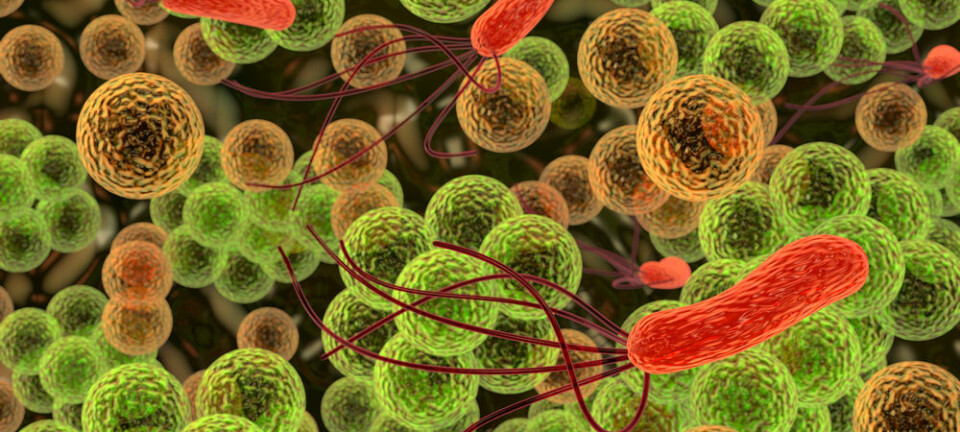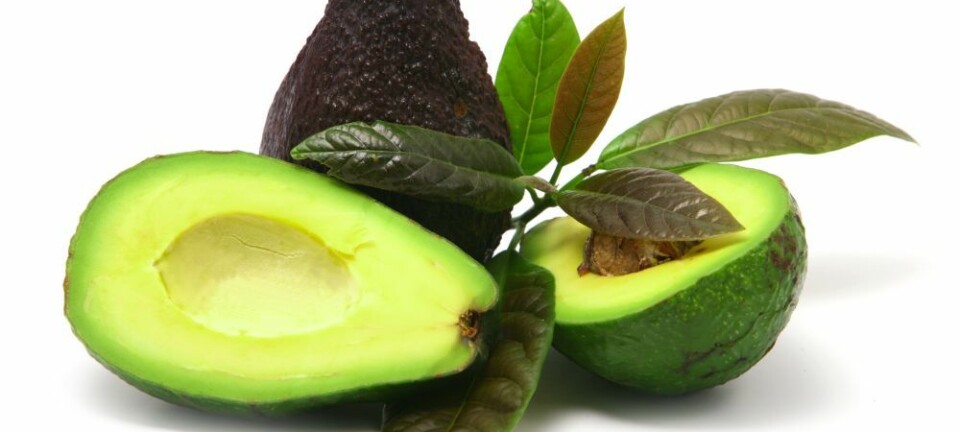
Fast method for determining antibiotic resistance
Swedish researchers have come up with a new and quick way of determining a bacteria’s susceptibility to antibiotics.
Infections need to be treated quickly to keep them from spreading, especially in critical cases such as blood infections. But bacteria are constantly mutating and achieving resistance to antibiotics, making it harder for medical personnel to respond in time with the right drugs.
Empirical therapy is used when there isn’t enough time to analyse a specific bacteria for its susceptibility to antibiotics. This means probable antibiotics resistance is assessed on the basis of the population the patient belongs to – for instance a country's general public.
But there is always a risk that doctors are betting on the wrong horse. The bacteria behind an infection turns out to be resistant to the drugs. The next tactic is to treat the patient with broad spectrum antibiotics. But these are less effective than targeted antibiotics and their use can contribute to antibiotic resistance.
Resistance analysis within four hours
A group of Swedish researchers working at Uppsala University, the SciLifeLab in Stockholm and Uppsala University Hospital have discovered a way to quickly identify a bacterial species and its susceptibility profile to antibiotics.
“We’ve developed a new method which enables us to determine the species and the resistance pattern of bacteria causing urinary tract infections in less than four hours. By comparison, the present method takes one to two days,” states Professor Dan I. Andersson of Uppsala University in a press release.
Bacteria growth indicates susceptibility
The method utilises the fact that bacteria signal whether they are resistant when they are in the vicinity antibiotics. If they are resistant to a given type of antibiotics they continue to grow normally. If they are vulnerable they stop growing. Prospective growth is seen by an increase in a number of copies of a special DNA sequence.
The method has been shown to identify the correct bacteria species and its resistance pattern in all the tests that were analysed.
“We used the method to determine the antibiotic susceptibility profile of E. coli bacteria for two medications, with 100 percent precision and within just three-and-a-half hours,” write the researchers in the study.
Instruments are on the market which can test bacterial vulnerability to antibiotics in less than five hours. But the technique used by these is only 82.3 percent accurate, the Swedish scientists point out.
Can be used on all bacteria types
“The new method is general and in principle should be usable for all types of bacteria and antibiotics,” says Anja Mezger at SciLifeLab.
However, some modifications will be needed to make the method effective for a wider array of bacteria and infection types, conclude the researchers. For instance it needs to be adapted to a longer incubation period for slow-growing bacteria and longer cultivation times for slow-working antibiotics.
The scientists hope the method can be made automatic in the future for clinical use in hospitals and emergency wards.
“The clinical utilisation of the method will give the correct treatment with antibiotics from the start and reduce unnecessary treatment with drugs,” says Dan Andersson.
--------------------------
Read this article in Norwegian at forskning.no
Translated by: Glenn Ostling











